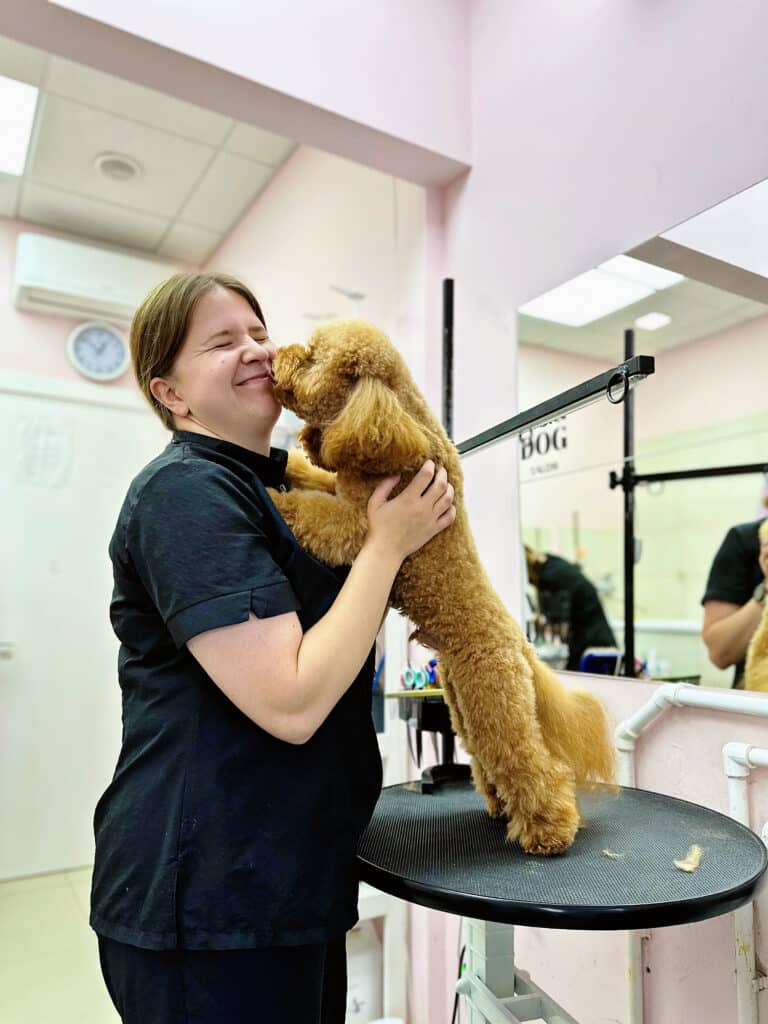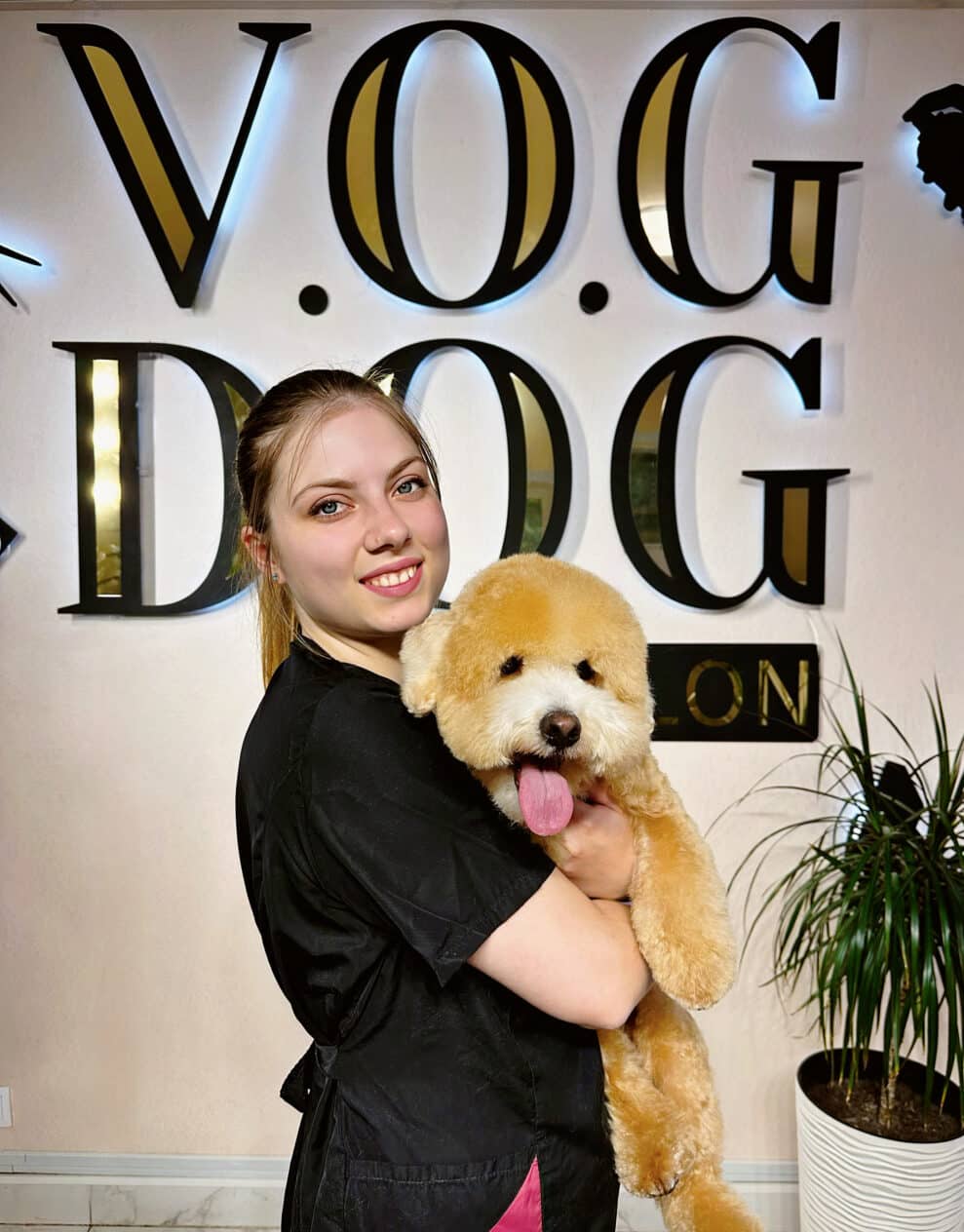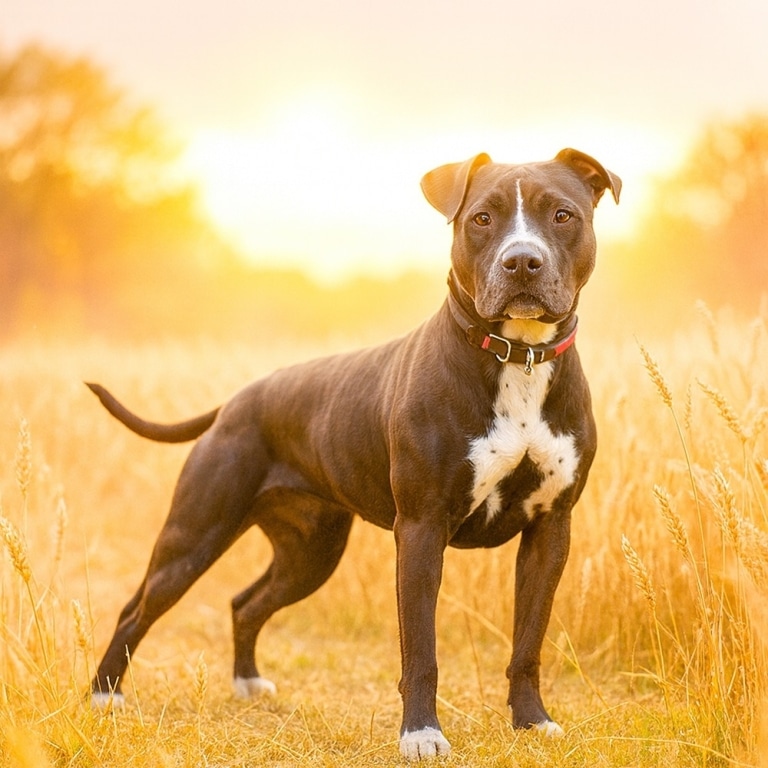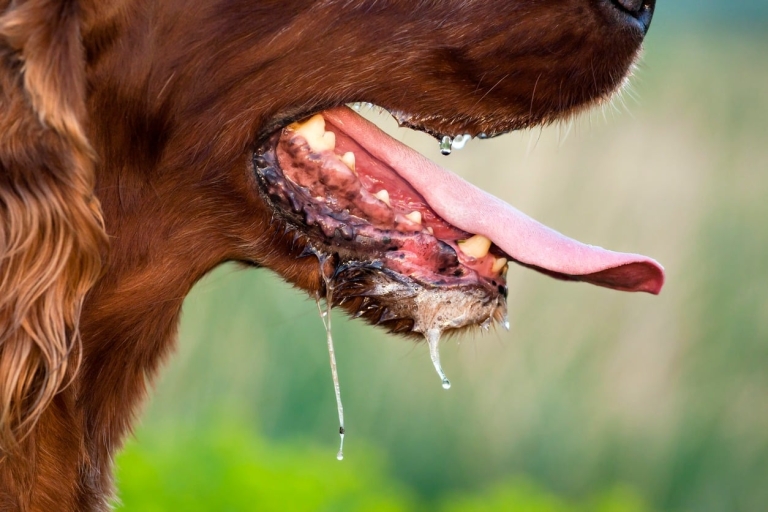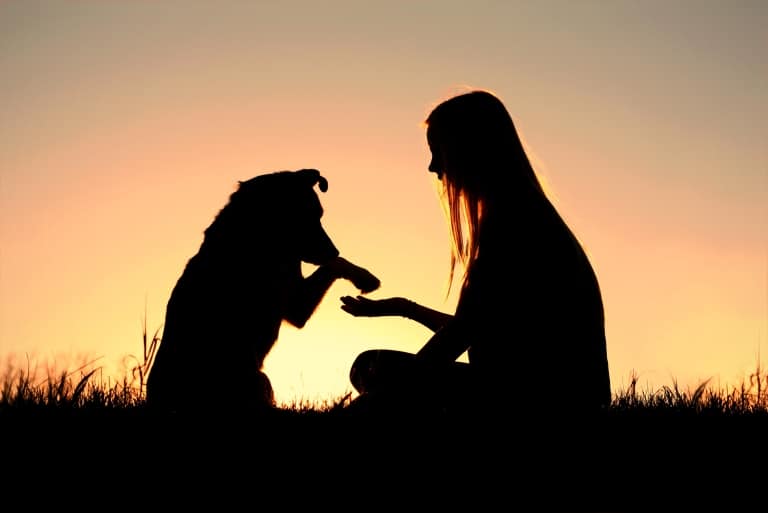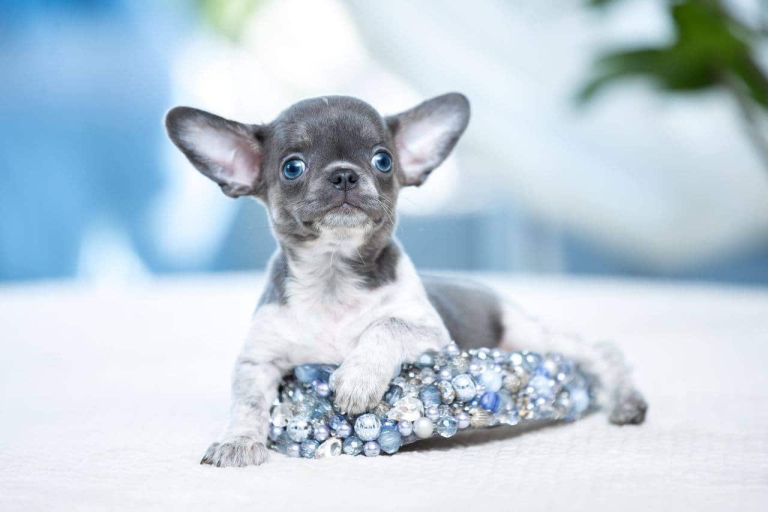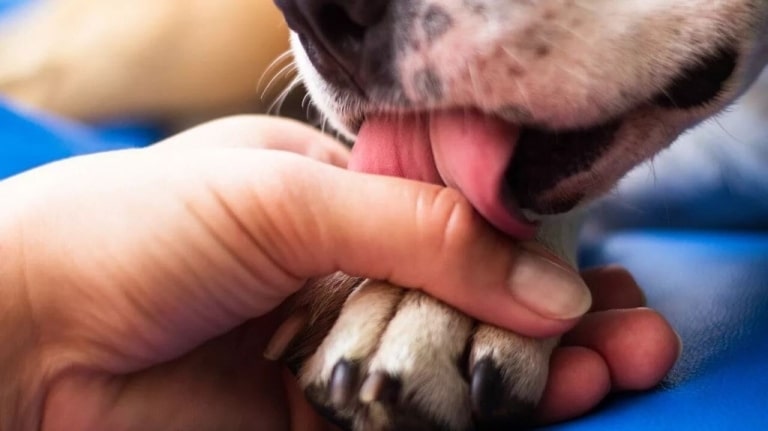Grooming occupies a special place in the modern world for pet owners, because this care helps to maintain the health and attractive appearance of the animal. However, not always the owners can get what they want. Sometimes they are faced with a refusal to provide services and this can cause surprise or even indignation. It is important to understand that each rejection has its own justification, and in this article we will consider the main reasons for rejections and provide recommendations on how to avoid them.
Possible reasons for refusal
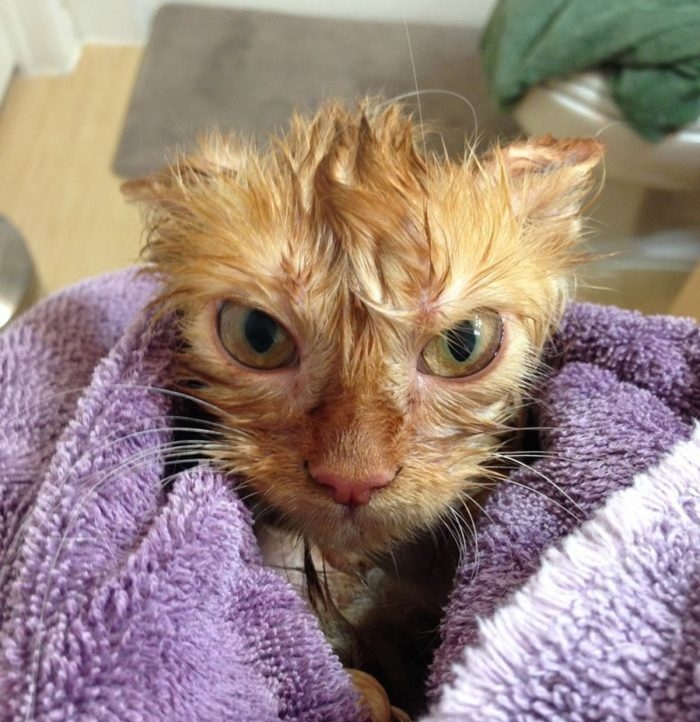
- Aggressive behavior of a pet
Aggressive behavior of a pet is a serious reason for the groomer’s refusal, because it is a matter of safety and quality of the services provided. For example, during aggressive behavior, the animal can injure itself, especially if it moves a lot or breaks out, so the groomer refuses services to prevent possible injuries, bites or scratches. Also, the aggressive behavior of one animal can cause stress in other animals in the cabin. And this can worsen the general atmosphere and make the groomer’s job more difficult. We understand that pets who are not used to communicating with other people or animals can react aggressively to new situations. Any negative experience can be attributed here. However, this behavior should not be handled by a groomer, but by the owner with the support of a dog trainer/zoopsychologist.

- Problems with the pet’s health
The groomer’s refusal to carry out procedures due to the Pet’s health problems is an important measure to ensure the safety of the stay in the salon, because performing grooming in such cases can worsen the animal’s condition or create a risk of infection for others. No salon wants to spread diseases among its customers, so in case of infectious diseases and the presence of fleas, immediately contact a veterinarian, not a groomer. In addition to general safety, the groomer must also take care of the safety of each individual animal, therefore, in the event of a risk of deterioration of the animal’s condition, the task of additional discomfort and complications, he refuses the services provided and recommends first contacting a veterinarian. This applies to cases when the pet has eczema, dermatitis, open wounds, chronic diseases that require special care and local treatment.
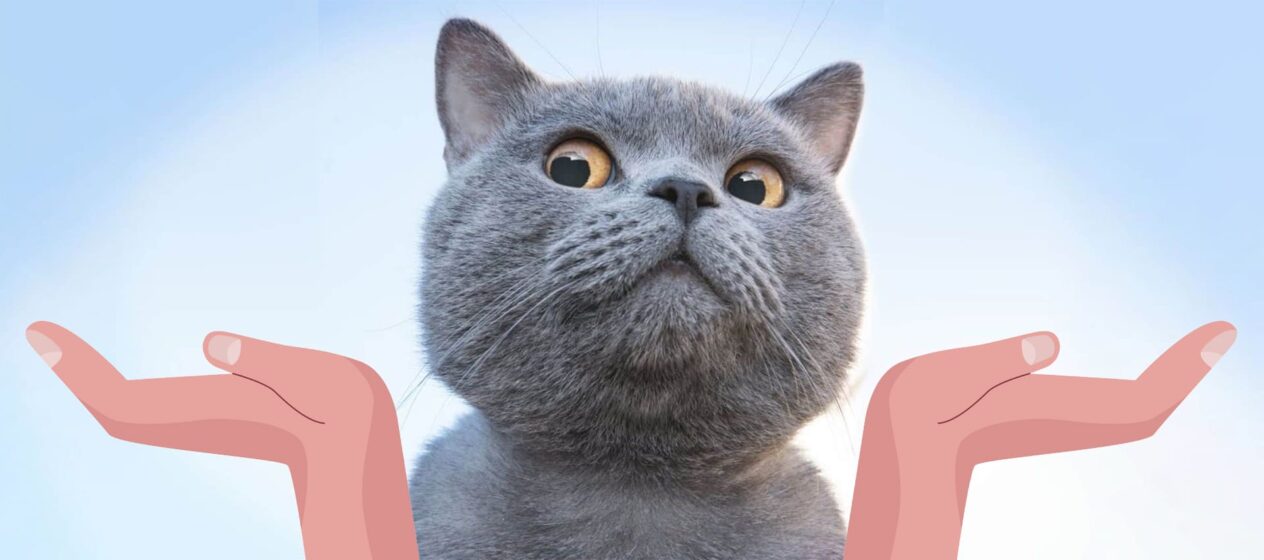
- Lack of vaccinations
The groomer’s refusal to perform procedures due to lack of vaccinations is a reasonable step to protect the health of all animals and people in the salon. This is not only a matter of compliance with rules and standards, but also a part of responsibility to customers and society. In particular, vaccination helps to maintain a healthy environment and reduces the risk of mass infection, because in a salon where many animals are at the same time, the risk of outbreaks of infectious diseases increases. Remember that one unvaccinated animal can be enough to infect everyone present in the room.

- Behavior of the owner
Impolite, aggressive or inappropriate behavior of the owner of the animal can also be the reason for refusal of grooming. Mutual respect and correct communication are important for successful cooperation, as the groomer strives to provide the best care for the tailed client. What behavior can be the reason for refusal?
- Failure to provide complete information about the pet’s health, behavior or pet care.
- Failure to comply with the rules and procedures established by the grooming salon, which are freely available on the official website.
- Late payment for services rendered or refusal to pay for the master’s work. Groomers, like any other professional, expect fair compensation for their work.
- Constant dissatisfaction with the results of the groomer’s work, which can create a tense atmosphere. If the groomer cannot satisfy the owner’s requirements, he can refuse further cooperation.

- No previous record
Adherence to the rules of recording is an important component of successful cooperation with a groomer. This helps ensure quality pet care, effectively plan the groomer’s working hours, and avoid conflicts between customers who arrived on time and those who showed up without an appointment. In most cases, grooming salons work according to a certain schedule and each client has his own allocated time, so if the owner has not made a reservation, this may be the reason for refusing to provide services.

- Late for the visit
The refusal of a groomer due to tardiness is not only a matter of organizing working hours, but also a matter of ensuring the quality of services and respect for all customers. Craftsmen strive to provide a level playing field for all their customers, and one customer being late can delay the schedule for the entire day, and this will cause inconvenience to other customers who arrived on time. Also, being late for a visit forces the groomer to work faster, which reduces the quality of services or makes it impossible to provide full care to your pet. Remember that even a small delay can have a big impact on the groomer’s schedule.
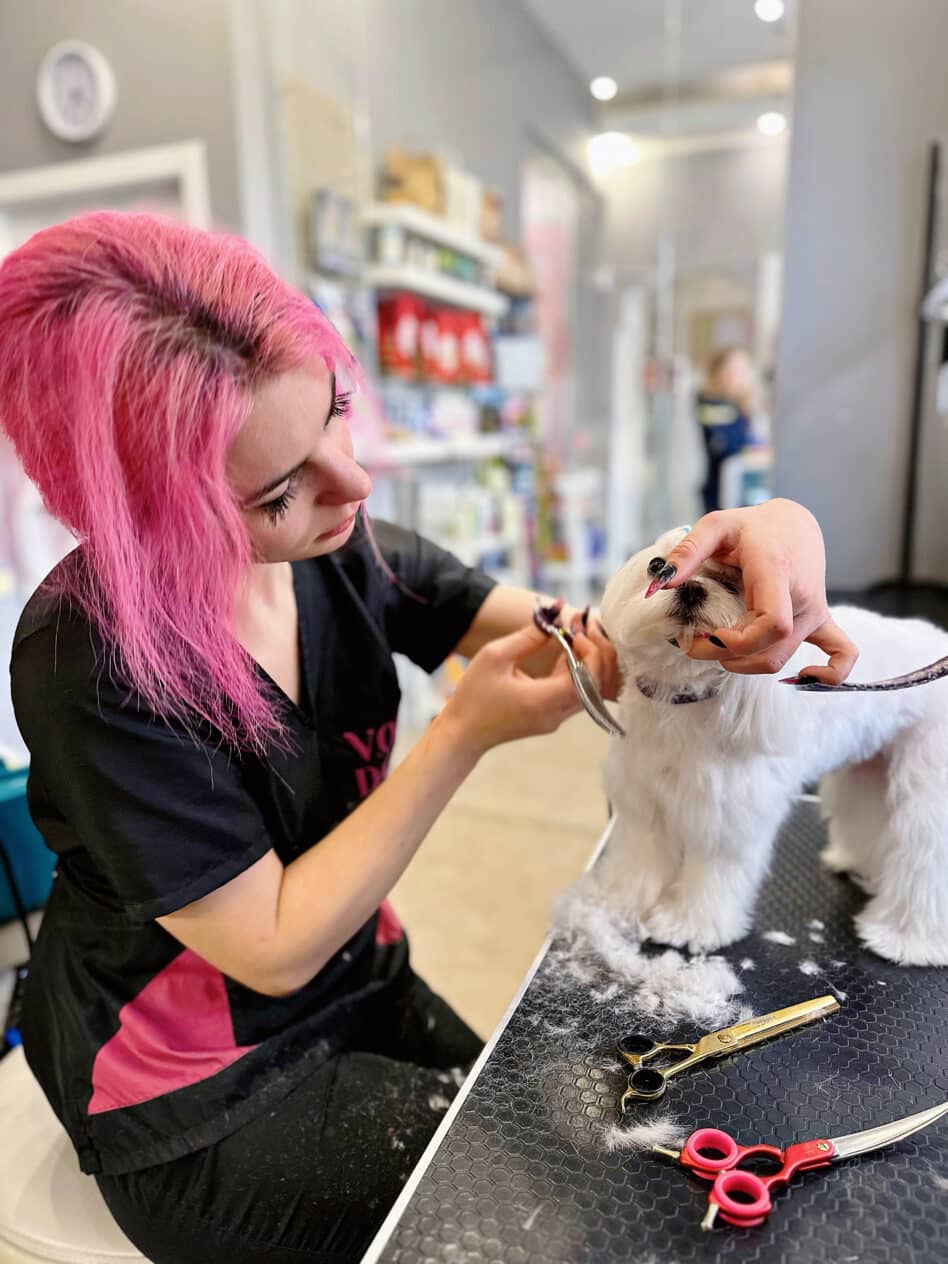
- Limited resources
Grooming salons, like any other business, have limited resources that include time, personnel and equipment. If the groomer is not warned in advance about the animal’s barking, behavior and other features, the groomer may refuse to carry out the procedures due to the lack of time allocated for the visit, so owners need to be careful and responsible when creating grooming records. In addition to lack of time, there may also be force majeure with equipment. If any of the necessary equipment breaks down and it takes time to repair it, the groomer physically cannot provide the full range of ordered services and then is forced to refuse to provide services with an offer to reschedule for grooming on another day. Also, do not forget that the number of groomers in the salon is always limited. If all the craftsmen are busy, accepting new customers becomes simply impossible.
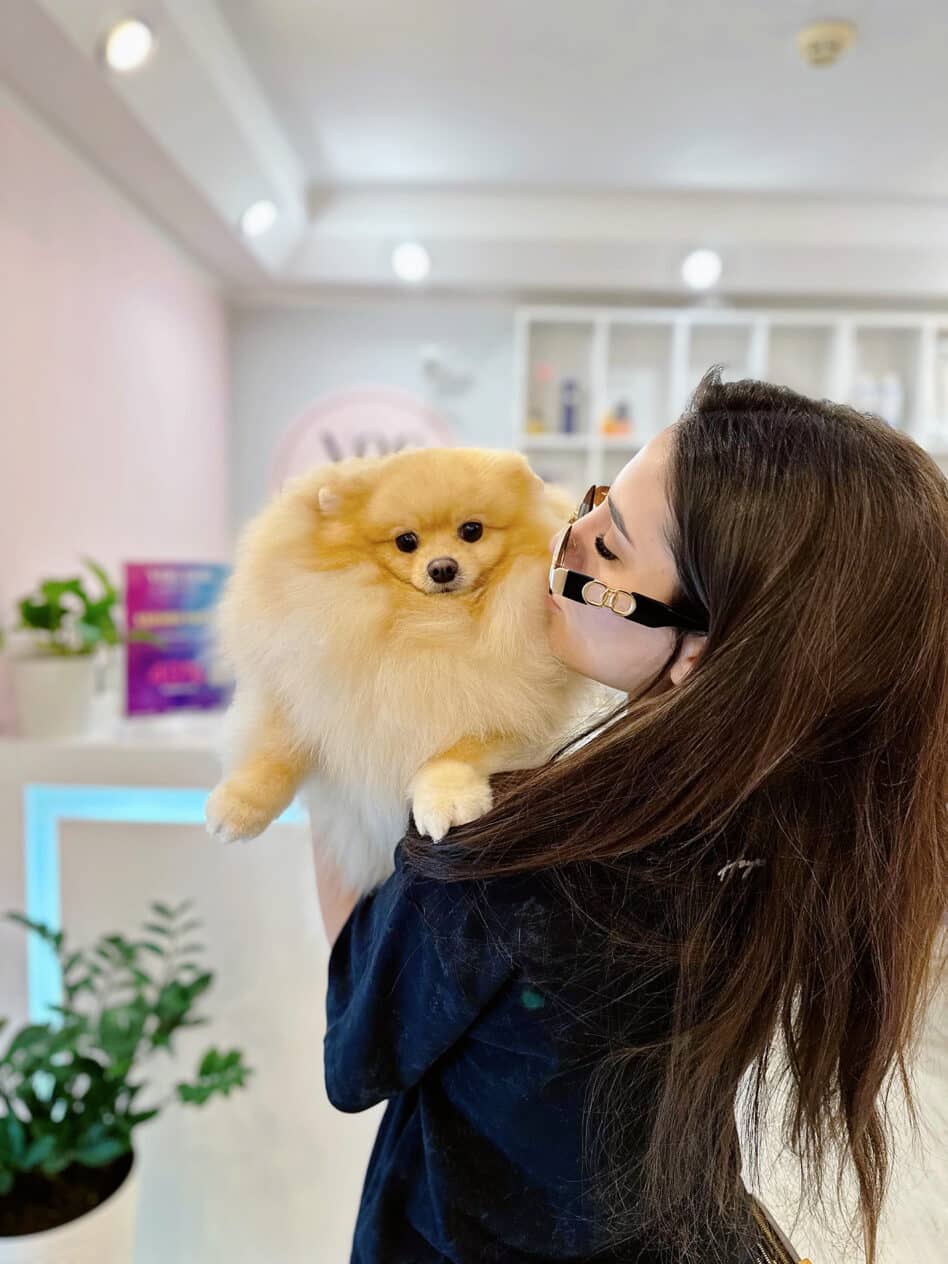
How to avoid the rejection of the groomer?
In order to avoid the groomer refusing to provide services, pet owners are advised to follow the following recommendations:
- Regularly take care of your pet, check it for parasites, monitor its health and vaccination schedule.
- Accustom your pet to contact with other people and animals from an early age to reduce fear and stress in new situations.
- Before visiting the groomer, play and walk with your pet to help relieve tension and reduce stress levels during grooming.
- Provide the groomer with all the necessary information about the pet, including its medical history, behavioral characteristics and any other important details.
- Plan your visits to the groomer well in advance, especially during high demand periods such as holidays or weekends.
- If you cannot come at the appointed time, please inform the groomer in advance. This will allow the salon to transfer your appointment and offer your place to another customer.
- Always communicate with the groomer politely and with respect. Remember that groomers work to provide the best possible care for your pet, and their job requires skill and patience.

As we can see, the groomer’s refusal to perform procedures can be caused by various circumstances, each of which has its own reasons. Understanding them will help you better prepare for a visit to the groomer and ensure comfort and safety for your Ponytail.

